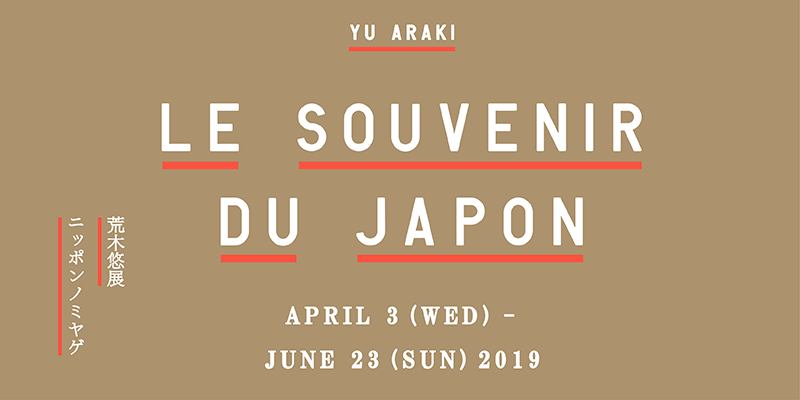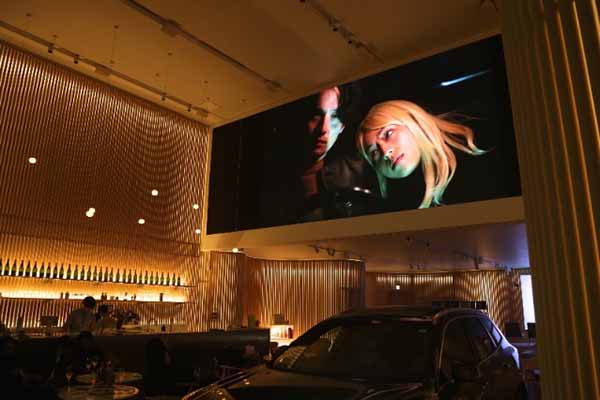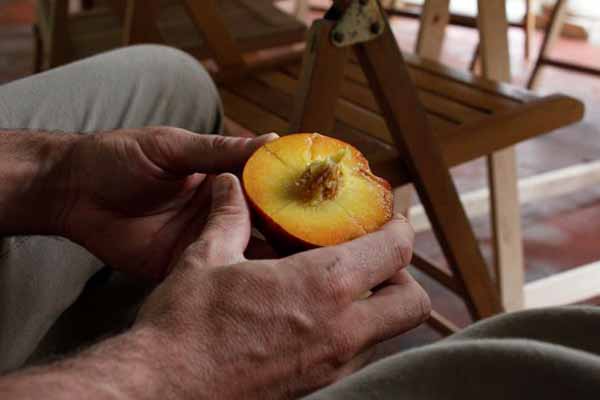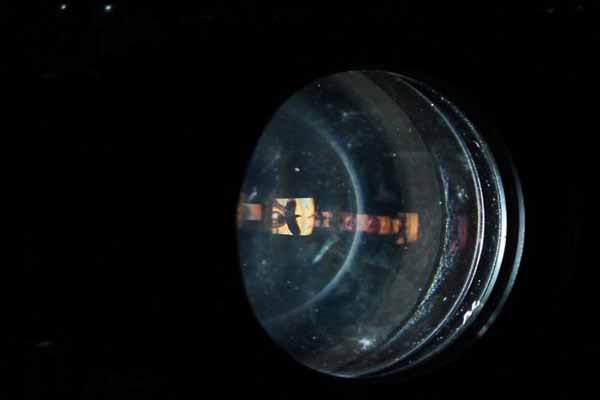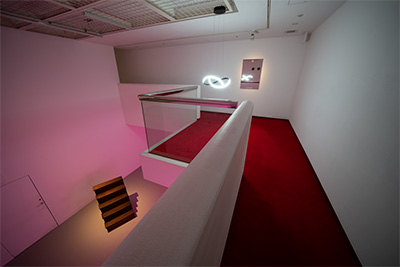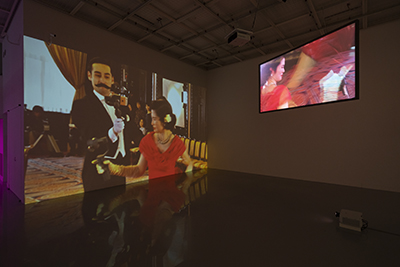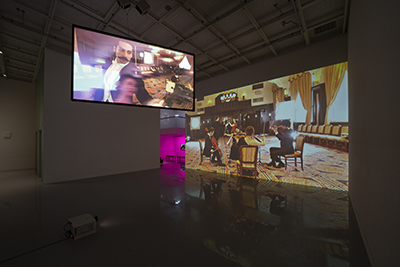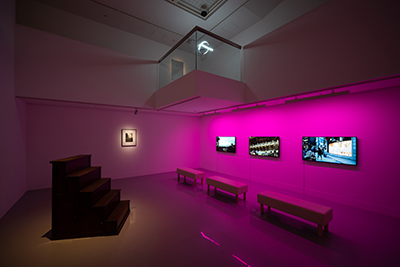Shiseido Gallery is pleased to announce a solo exhibition of new work by internationally active video artist Yu Araki. Araki received the Tiger Award at the International Film Festival Rotterdam last year, and has been shortlisted for the Future Generation Art Prize 2019, presented by the PinchukArtCentre in Kyiv. Araki creates videos, often through the support of artist residencies around the world, that draw from the social and historical context of a given place; they focus on the process of cultural dissemination or mistranslation and the differences and similarities between the original and adopted culture that emerge as a result.
2019 marks the centennial of Shiseido Gallery, and 2022 the sesquicentennial of Shiseido Company. Shinzo Fukuhara, the first president of Shiseido Company and Shiseido Gallery’s founder, was not only a businessman but also a photographer. After graduating university, he spent the period between 1908 and 1913 traveling the United States and Europe; his management of Shiseido and development of its sense of aesthetics reflect the resulting fusion of his Eastern sensibilities with the influences he absorbed in the West. As a photographer, he published collections of photos which captured foreign scenery from a unique perspective, such as Paris et le Seine, Beautiful West Lake and The Sunny Hawaii.
Shortly before Fukuhara’s time, a French writer penned a travelogue of his trip to Meiji-era Japan, which was undergoing rapid modernization and westernization. For his new work, Araki has turned his attention to this writer, Pierre Loti (1850–1923), and selected his book Japoneries d’Automne (Autumn Japoneries, 1889) as a material to be explored. A naval officer, Loti stayed in regions including Polynesia, Africa and Asia, writing travelogues and novels inspired by his travels. Though composed from Europe’s colonial and hegemonic perspective, his work exhibits an intense curiosity with and fascination towards foreign cultures: in Japoneries d’Automne, Loti frequently praises Japan for the beauty of its nature and the aesthetic sensibilities of its people.
The centerpiece of Araki’s exhibition is a video based on a chapter from Japoneries d’Automne titled “Un bal à Yeddo” (A ball in Edo). Describing an 1885 ball held at the Rokumeikan from the perspective of the then 35-year-old Loti, this account was later reimagined by writer Ryunosuke Akutagawa in his short story “The Ball” (1920), which featured as its protagonist the budding 17-year-old Japanese woman with whom Loti danced. Araki’s video draws from both of these sources to create a scene in which the gazes of the Orient and the Occident collide in the same time-space continuum, revolving around the waltz. For another video in the exhibition, Araki films the locations documented by Loti in other chapters of Japoneries: “Kioto, la ville sainte” (Kyoto, the holy city), “Le sainte montagne de Nikko” (The holy mountain of Nikko) and “Yeddo” (Edo). Here, he attempts to depict scenery that, due to the temporal disparity between the present and a hundred years ago, can no longer be captured on camera.
Comprising videos that superimpose different perspectives on specific historical scenes, this exhibition aims to serve as a “souvenir” that, traversing time and space, audiences a hundred years from now might still find amusing. Araki’s works figure as the intersection of a variety of dualisms: Orient/Occident, class, generation, time period, and more. They invite us to meditate on tolerance and understanding in our contemporary society, which remains in pursuit of cultural coexistence.
